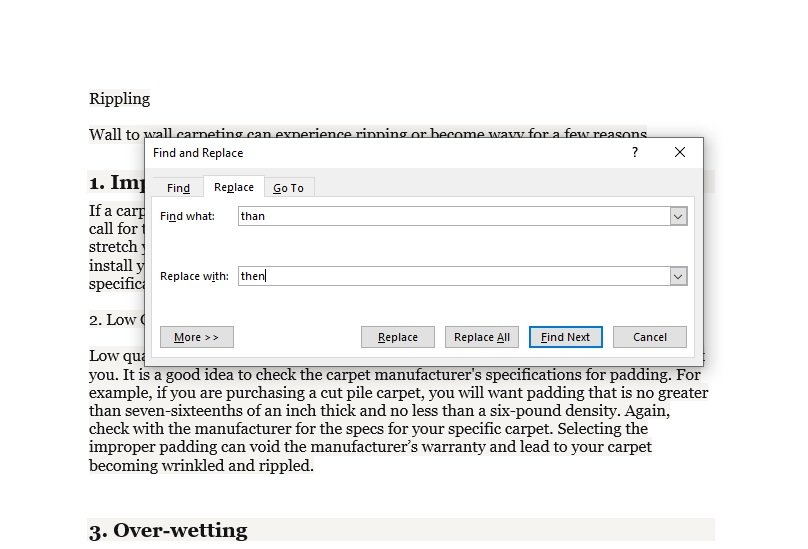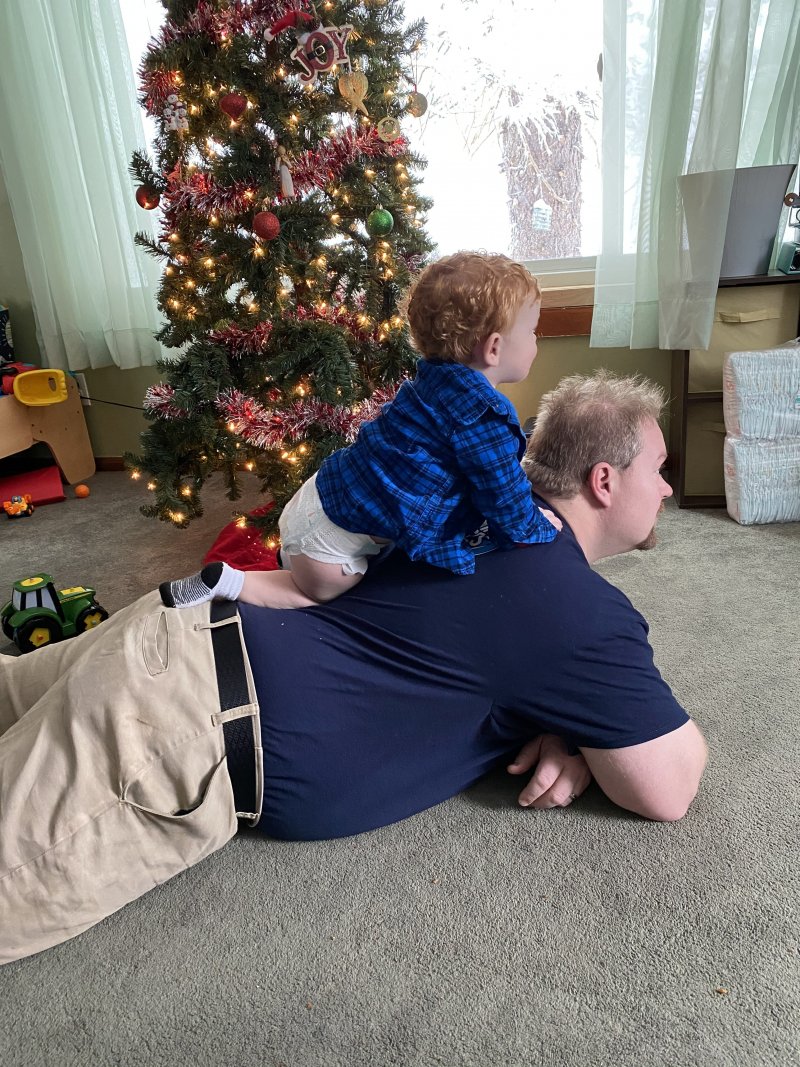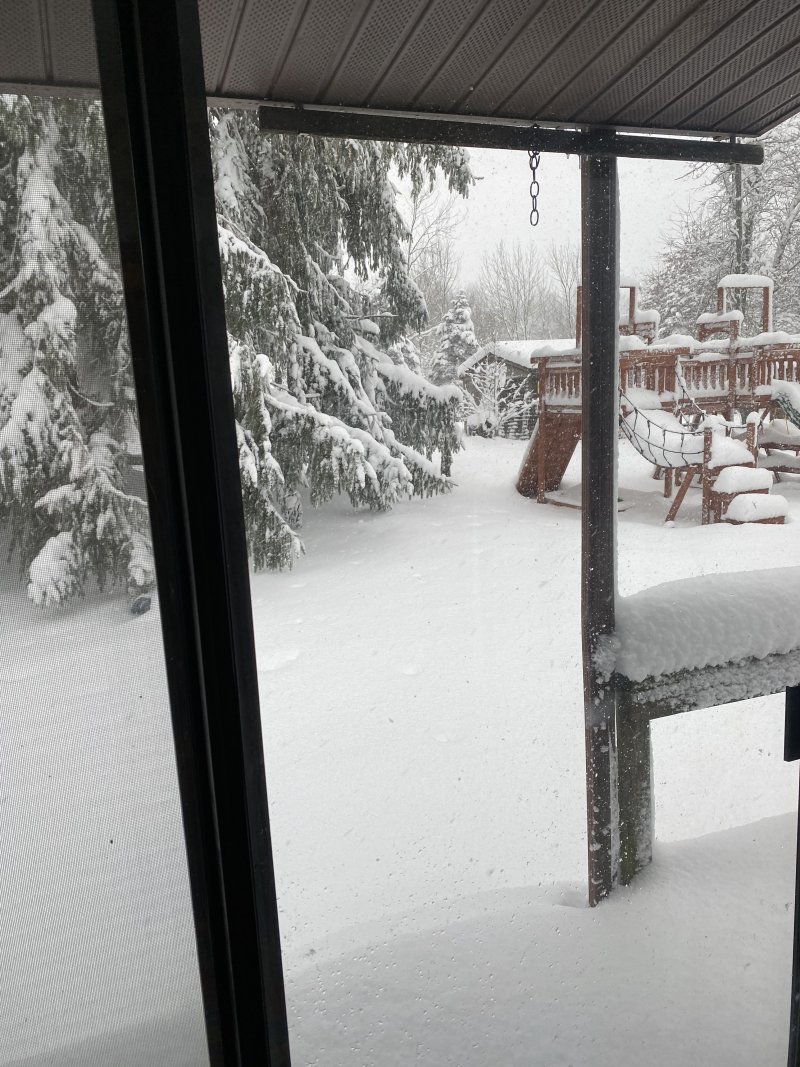Mikey P
Administrator
- Joined
- Oct 6, 2006
- Messages
- 116,993
Rippling
Wall to wall carpeting can experience ripping or become wavy for a few reasons
2. Low Quality or Improper Padding
Low quality padding may save you some money up front, but in the long run, it can cost you. It is a good idea to check the carpet manufacturer's specifications for padding. For example, if you are purchasing a cut pile carpet, you will want padding that is no greater than seven-sixteenths of an inch thick and no less than a six-pound density. Again, check with the manufacturer for the specs for your specific carpet. Selecting the improper padding can void the manufacturer’s warranty and lead to your carpet becoming wrinkled and rippled.
4. Delamination- (see the IICRC Delamination Information Sheet for further information)
If your carpet has experienced rippling or has gotten wavy after it’s been cleaned, DO NOT TAKE ANY MEASURES TO CORRECT the issue for 48 hours. Improperly installed (loose) carpet will settle down and lay flat again 99% of the time.
The moisture and humidity created during the cleaning process, even Low Moisture methods, will often cause the backing material to swell a bit, causing some rippling. This effect will happen every time you have your carpet cleaned, this and the fact that tightly installed carpeting wears better and lasts longer, it is highly recommended to have your carpet re-stretched by a IICRC Certified Carpet Repairman.
edit suggestions welcomed..
Wall to wall carpeting can experience ripping or become wavy for a few reasons
1. Improper Installation
If a carpet is not stretched properly during installation. IICRC Installation Standards call for the installer to utilize a pole or power stretcher whenever possible. This will stretch your carpet from wall to wall. If your installer is only using the knee kicker to install your carpet, it is not going to be stretched enough to meet manufacturers’ specifications.2. Low Quality or Improper Padding
Low quality padding may save you some money up front, but in the long run, it can cost you. It is a good idea to check the carpet manufacturer's specifications for padding. For example, if you are purchasing a cut pile carpet, you will want padding that is no greater than seven-sixteenths of an inch thick and no less than a six-pound density. Again, check with the manufacturer for the specs for your specific carpet. Selecting the improper padding can void the manufacturer’s warranty and lead to your carpet becoming wrinkled and rippled.
3. Over-wetting
This can be the result of improper cleaning, flooding or moisture in the subfloor. Over-wetting can be avoided by utilizing a properly trained and IICRC certified technician. Ongoing moisture issues should be look at by a IICRC Certified Flooring Inspector4. Delamination- (see the IICRC Delamination Information Sheet for further information)
If your carpet has experienced rippling or has gotten wavy after it’s been cleaned, DO NOT TAKE ANY MEASURES TO CORRECT the issue for 48 hours. Improperly installed (loose) carpet will settle down and lay flat again 99% of the time.
The moisture and humidity created during the cleaning process, even Low Moisture methods, will often cause the backing material to swell a bit, causing some rippling. This effect will happen every time you have your carpet cleaned, this and the fact that tightly installed carpeting wears better and lasts longer, it is highly recommended to have your carpet re-stretched by a IICRC Certified Carpet Repairman.
edit suggestions welcomed..






